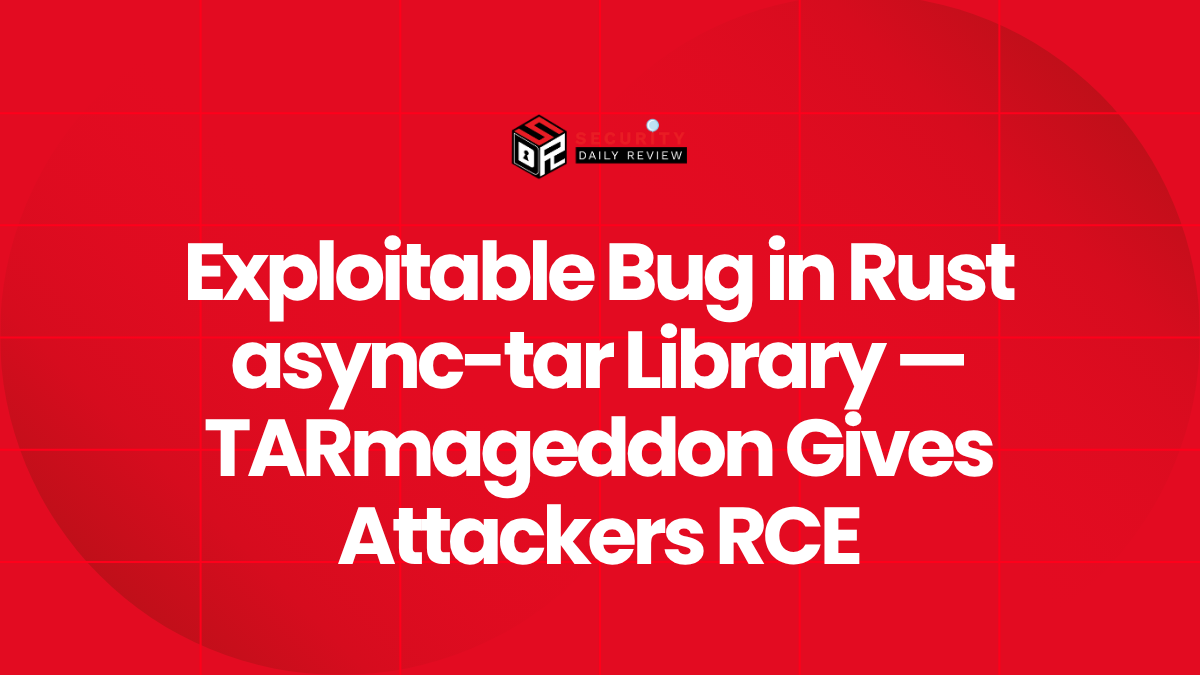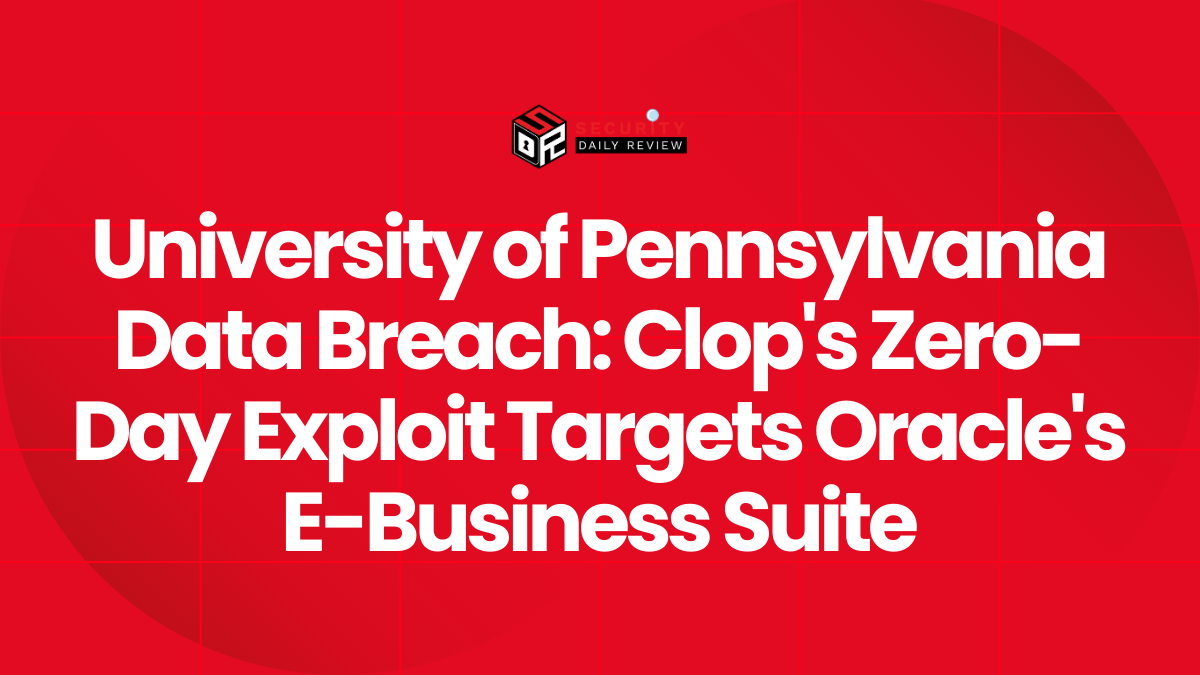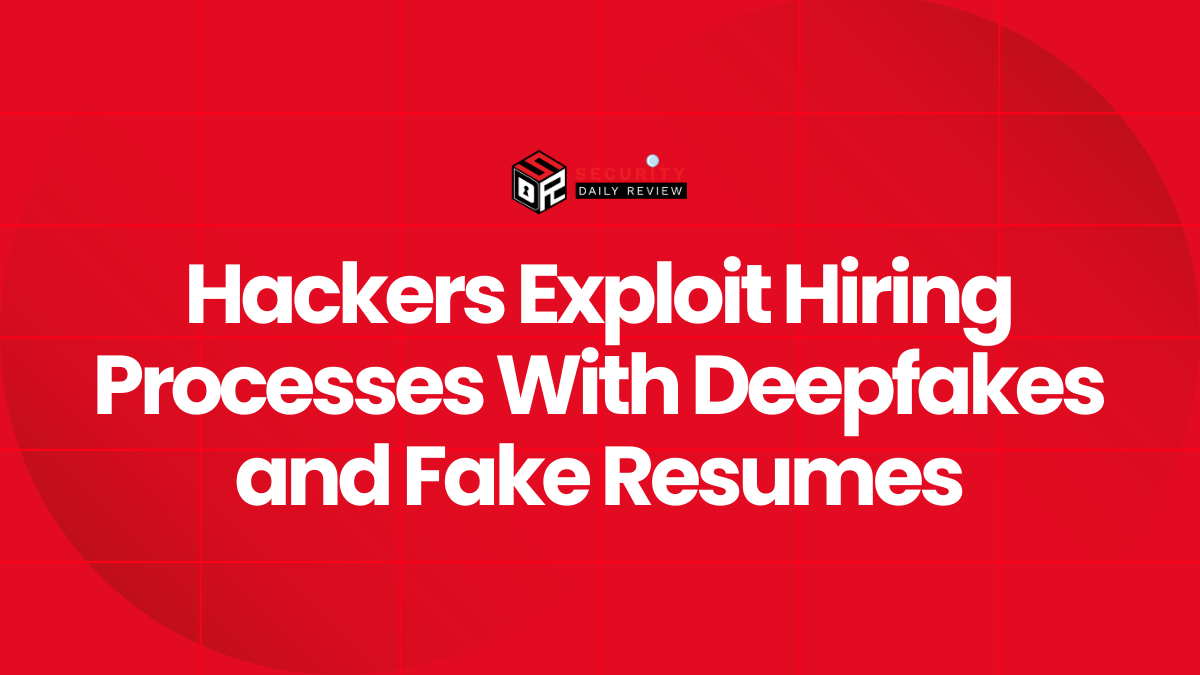A recently disclosed high-severity vulnerability in the Rust ecosystem has shed light on the critical security failures that can result from abandoned open-source projects. CVE-2025-62518, dubbed “TARmageddon,” affects the `async-tar` Rust library and multiple forks, including the widely used but unmaintained `tokio-tar`. The flaw, which scores 8.1 on the CVSS scale, allows unauthenticated attackers to achieve remote code execution (RCE) by manipulating TAR archive extraction logic. This risk extends to major software projects, with ripple effects across Python package systems, web-based container tools, and supply-chain pipelines.
Desynchronization Flaw in Tar Archive Parsing Enables RCE
At the core of the TARmageddon flaw is a boundary-parsing bug triggered by inconsistent handling of different TAR file header types.
Nested Archives Cause Header Misalignment
TAR files may be encoded using different formats, most notably the traditional `ustar` headers and the more modern `PAX` extended headers. The async-tar library was intended to support both formats. However, when processing nested TAR archives containing conflicting `ustar` and `PAX` headers, the library relies on incorrect size fields embedded in the `ustar` header—often set to zero—instead of using the correct values specified by `PAX`.
This inconsistency leads to a desynchronization between the parser’s logical position in the stream and the actual file content. During extraction, the parser skips past zero bytes (as per the incorrect `ustar` size), effectively overlaying the following bytes—often part of a malicious inner archive—onto the outer archive’s file list. As a result, the embedded malicious entries are treated as valid files, allowing for:
- File-overwriting attacks of configuration and build scripts
- Remote code execution on developer and CI (Continuous Integration) systems
- Modification of test containers and caching pipelines
- Security scanner and manifest bypasses by embedding hidden nested TAR entries
Impacted Ecosystems and Widespread Usage
The vulnerability affects several open-source projects that depend on vulnerable forks of async-tar. Notable examples include:
- uv – A high-performance Python package manager developed by Astral
- testcontainers – A testing framework for spinning up lightweight containers
- wasmCloud – A web assembly host runtime, often used in microservices and edge environments
Due to the strategic role these projects play in development and deployment ecosystems, the potential blast radius is significant. For example, a malicious Python package could exploit TARmageddon to overwrite `pyproject.toml` with a rogue backend, executing attacker-controlled code during package installation. In CI/CD workflows, tainted container layers could result in persistent backdoors throughout testing and production infrastructure.
The most downloaded fork, `tokio-tar`, has over 5 million downloads from [crates.io](source ) but remains unmaintained—featuring no documented security policy, no active maintainer presence, and limited contact traces. This exacerbates the challenge for developers relying on this library unaware of its latent risk.
Coordinated Disclosure and Patch Availability
TARmageddon’s discovery and disclosure were led by the cybersecurity firm Edera, which had to carry out a decentralized mitigation campaign due to the project’s fragmented fork history. Starting from the abandoned `async-tar`, mitigation paths included patches to:
- `krata-tokio-tar` – Developed by Edera but now archived
- `astral-tokio-tar` – Actively maintained and now hosting the latest fixes
Recommended Updates and Mitigation
- Immediate Fix : Upgrade to `astral-tokio-tar` v0.5.6, which enforces proper boundary checks, verifies header consistency, and prioritizes `PAX` headers for size determination.
- Migration Guidance : If still using `tokio-tar` or `async-tar`, remove or migrate the dependency manually to `astral-tokio-tar`.
- Alternative Workarounds :
– Switch to the non-async `tar` crate that handles header alignment correctly – Use post-extraction validation (e.g., scanning for unexpected or malformed files) – Implement sandboxed extraction zones with strict file size and count restrictions
Given the dormant state of `tokio-tar`, developers relying on crates depending on these libraries should proactively review their software bill of materials (SBOM) and investigate indirect inclusion paths.
Lessons from TARmageddon for the Rust and OSS Communities
The TARmageddon vulnerability underscores a critical reality: memory-safe languages like Rust can eliminate certain bug classes, but they do not guard against logical errors or design oversights. More importantly, the incident highlights open-source ecosystem issues surrounding:
- Abandonware – The residual risks from popular but unmaintained libraries
- Decentralized Dependencies – Fork chains complicate coordinated patching and disclosure
- Supply Chain Fragility – Vulnerabilities in parsing logic impact distribution, packaging, and deployment activities at all layers
This case also reinforces the defense-in-depth principle. Even in strongly typed, memory-safe contexts, layered safeguards—manifest validation, sandboxed execution, runtime auditing—are essential to prevent logic bugs from escalating into full-scale exploitation vectors.
In conclusion, TARmageddon (CVE-2025-62518) calls for immediate action from developers and maintainers using the affected libraries. The vulnerability’s reach, tied to the fundamental mechanism of archive extraction, provides attackers with an insidious vector for file tampering and remote code execution. Migration to `astral-tokio-tar` or its equivalents is the most effective way to mitigate the risk, but broader lessons about dependency hygiene and ecosystem maintenance should not be ignored.









